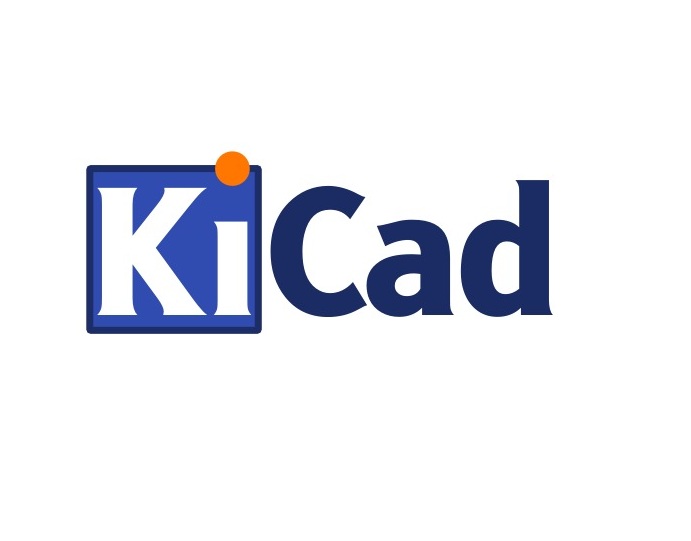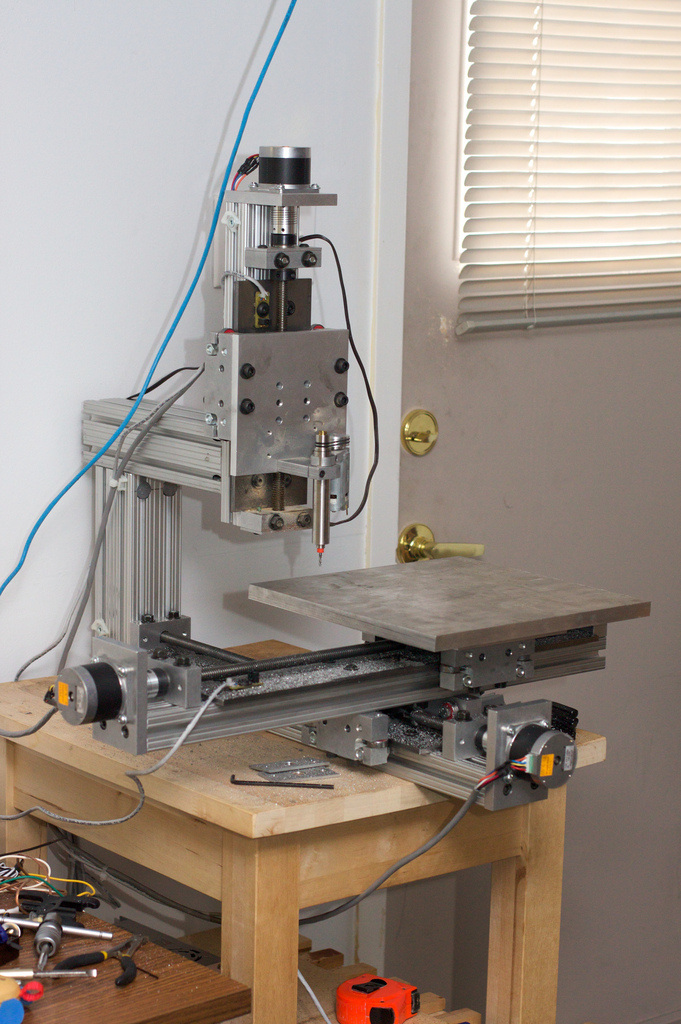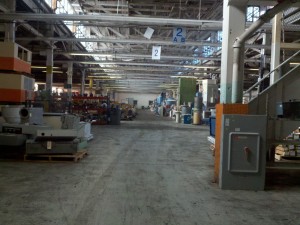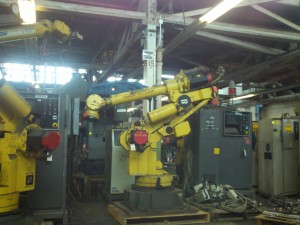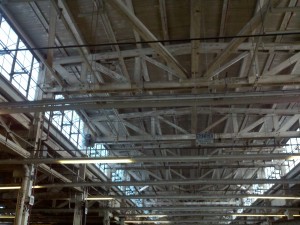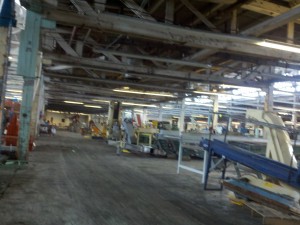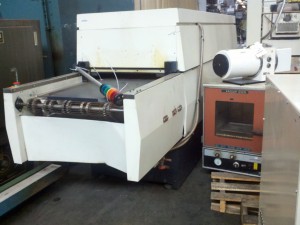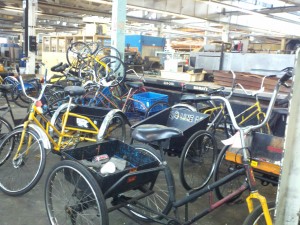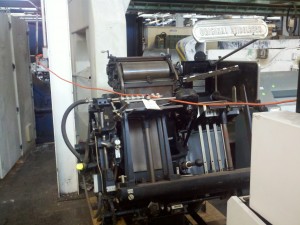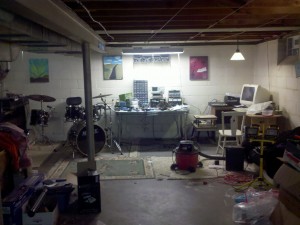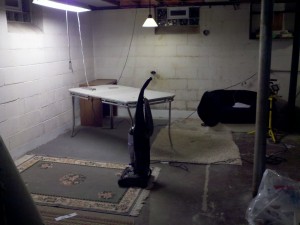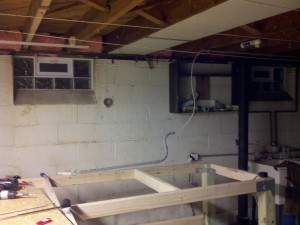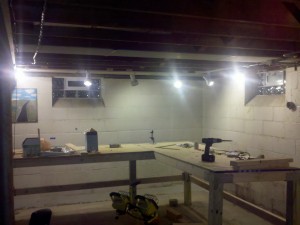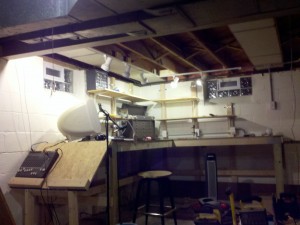I often find myself worried about where my job might be in the future.
It’s not that I worry that my current job will evaporate overnight (though that is a possibility for any and all of us). But it’s more of a general concern, because globalization continues its march onward. In general, I find that globalization continues to be a thrilling enterprise because I see what changes it is made in my own life and my own career; electronics really have gotten more exciting since expanding to the worldwide marketplace. The trend is most often notice is the one of general consolidation of duties of an engineer. What this means from an analog electronics perspective, is that my job as an engineer is shrinking. Many of my favorite companies (analog electronics companies) continue to make highly integrated components that I love talking about. In fact, this is why I started ChipReport.TV. I saw it is a general trend that engineers are expected to know more and more about parts without; no allowance is given for being told about them…they just need to know. So I sought to be the one to tell engineers about the parts.
However, I ran into an interesting dilemma and got completely sidetracked from the project, as some of you probably noticed. But this article isn’t about parts, it’s about CNC machines; so let’s talk about the physical world. Specifically, let’s talk about 3-D printing. I have been interested in 3-D printing ever since I first heard about it. I’ve had the interesting opportunity to meet some people involved in the scene, including interviewing one of the former founders of MakerBot and others involved with that project and the Rep Rap project; I even know someone with a great 3D printing company in Cleveland. How cool is that? I wanted to buy my own machine for a long time, but never had the true justification in order to buy one. And so I have trudged along, watching newer and newer 3-D printers being announced. I’ve come close to clicking “Buy Now” on more than one occasion, but thankfully have never pulled the trigger. It’s not from lack of application nor lack of want, but simply the lack of justification for having a device that only prints plastic. In fact, let’s look at some of the applications I’ve seen in my own experience so far:
Are all these practical and necessary in my real life? Who’s to say. Well, my partner, but she’s honestly been winning this battle so far. She makes too much sense for her own good sometimes; I just can’t seem to justify it still.
In all of this, the biggest desire is to change my physical environment. To be able to dream of a component in my mind, render it in a CAD program, introduce it in some low skill, quick turn way. I truly want a fabricator, without any of the overhead, nor training required.
So where did I go from here? How did I go from 3-D printers, to CNC machines, as the title of this article suggests?
I could route PCBs from copper clad FR-4The thing that really kicked it all off was an article I found on a subreddit, /r/hwstartups (one of my favorites). The article described gear making from a hobby CNC machine in order to make a planetary gear setupfor a robot. Granted, I didn’t know what that meant before I started delving into the article, but I soon found that those little gears help increase the torque from a stepper motor in a compact way. Still, it was not the fact that this person was showing me how to make tiny gears, but instead showing me the value of a CNC machine. In fact, it was immediately recognizable how much value it had outside of the 3-D printer (the section comparing the two really helped!). And most importantly, it showed the value and justification I might have in order to purchase one. What were some of these additional characteristics? What else could I possibly make with CNC machine that I could not make with the 3-D printer?
- I can do small engraving jobs on existing products, similar to what laser cutters do .
- I can utilize a variety of materials, outside of the existing plastic options that 3-D printers currently handle. This is especially exciting when I considered bending aluminum to my will. The article also mentions the lower cost of material because it’s so generic.
- Some CNC machines have built in “scanners” that use a sensor to map the surface of an object. This would be less of an issue since there are now tools like 123D Catch, but would be more accurate.
- The article is actually about mold making, which would allow more mass-produced parts, with a variety of materials and formulas. Making more than one part would also not require lengthy prints like 3-D printers do for each new item.
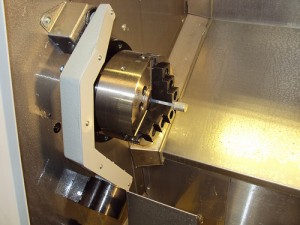 Of course, there are a variety of limitations–not the least of which being my complete lack of knowledge about machining and all things metal work. I never took any shop class in college or high school because I was more interested electronics at the time. Other limitations include cost, time, danger/safety concerns, space for the machine and so on. In fact, I was encouraged by a variety of people to instead utilize the increasing number of options out there for fabrication from services, as opposed to machining or constructing on my own. Services such as Shapeways, Ponoko and others now will provide 3-D prints and laser cut components from acrylic or MDF for a reasonable price, in a short time span. My favorite PCB service, OSH Park, can turn around really high quality, low cost boards in a couple weeks. They’re all really quite a good deals. However, I still find I want the ability to crank out a model at 3 AM in my own basement; I know the likelihood is low that I would need to, but that can make the difference between trying something and not trying something on a project. Plus, I feel like there’s a lot of value in learning this skill and carrying it forward with me through the rest of my career.
Of course, there are a variety of limitations–not the least of which being my complete lack of knowledge about machining and all things metal work. I never took any shop class in college or high school because I was more interested electronics at the time. Other limitations include cost, time, danger/safety concerns, space for the machine and so on. In fact, I was encouraged by a variety of people to instead utilize the increasing number of options out there for fabrication from services, as opposed to machining or constructing on my own. Services such as Shapeways, Ponoko and others now will provide 3-D prints and laser cut components from acrylic or MDF for a reasonable price, in a short time span. My favorite PCB service, OSH Park, can turn around really high quality, low cost boards in a couple weeks. They’re all really quite a good deals. However, I still find I want the ability to crank out a model at 3 AM in my own basement; I know the likelihood is low that I would need to, but that can make the difference between trying something and not trying something on a project. Plus, I feel like there’s a lot of value in learning this skill and carrying it forward with me through the rest of my career.
Lately, I have been finding the benefits of having a platform from which I speak my mind and request help. Specifically, when I put out the call on The Amp Hour for help regarding CNC machines, I had many kind offers of assistance. It must’ve been woefully obvious to my listening audience how little knowledge I actually had in this field. Luckily, I’m not the first electronics nerd to dive into the mechanical world. I was referred to a variety of resources, which I’ll list below:
- The first and most useful so far has been the patient ear from a variety of listeners. They have answered my questions, not laughed when I asked stupid ones, and given useful tips on what to look for in a new machine. Surprisingly, the most useful of all things they do is question whether I really need to machine all. This soul-searching may save me thousands of dollars if the answer turns out to be “no”.
- Next most useful has been CNCzone.com. This is a standard message board (a quite cluttered one, actually), which lays out many of the existing tools and arguments for and against each one. You never know the depths of nerdery, until you hear people arguing about the merits of the machine but maybe 100 people in the world regularly use. Still, I find it suits my needs quite well and I hope to join this small brotherhood, so I’ll let it slide.
- Finally, I found that YouTube has offered the most illustrative examples of what I’m looking for. Not necessarily in the details of each machine, because often the people taking videos do not run the machine to their extremes. Instead, it’s interesting to see the limitations on what people are making. For example, I’ve learned that most subtractive methods such as CNC milling machines are actually more of a 2.5 axis devices not 3 axis devices, as they are often stated to be. This is actually just a limitation of milling in general. An end mill ( which looks like a drill bit) can only reach so much of whatever you’re trying to cut. As such, interesting methods must be employed in order to hold the material and then to reach the other side you must actually flip it over and precisely hold the material in order to match up the other side being cut. In a 3-D printer this is accomplished by simply only adding material where is needed. In fact, I’ve learned this is the main advantage of 3-D printers over CNC milling machines. Regardless, I’m glad I had YouTube folks to help me realize some of these limitations before being surprised upon purchase.
While I’m still in the process of researching and narrowing the field of potential CNC milling machines (and in reality I’m still determining whether I am going to purchase one at all), I thought I could lay out some of my potential options in order to help meet gather and refine my thoughts on the matter. While I am leaning one way already, I’ll try to remain as objective as possible in case others find this document in the future and are looking for a range of options.
- The Harbor Freight Special — While HF isn’t known for their superior quality tools, this one has surprisingly good response from many of the people that bought one. The tools are actually made at a factory in China by a company called Sieg, but it’s distributed under many names. One of which is Grizzly Tools, who make a device called the G0704. It’s not necessarily low cost machine (about $1200) but it has a nice stand included, has a large table and can be converted to a computer numerically controlled machine, or CNC.
- The Shurline 8540 — this is a nice-looking little kit,I specially like the manual turns on all of the CNC motors. I was advised to actually learn how to manually machine before doing CNC work, but something like this would actually allow that to happen. The thing I don’t like is they sell the computer alongside the machine itself and don’t seem to offer options without the computer. I feel I’ve earned the right to buy and set up my own computers after all this time. Between that and my cheapskate tendencies, I’m not really favoring the more expensive solution.
- The Taig MicroMill — I’ve seen a lot of nice things said about this tiny desktop machine on forums and elsewhere. The thing that I like about it is it’s designed specifically for the hobbyist and desktop market, and the quality seems very nice. While it does come with a manual version, there’s also a CNC ready version, which reduces some of the headache of converting manual mills.
- Another option that was suggested to me is to buy a used Bridgeport mill. These can actually be found quite cheaply on the market (Cleveland has a great resale shop I’ve showcased on this site before, called HGR Industrial). However, since these machines are meant for large industrial settings and are from an earlier time they also are quite heavy and large. That would prevent me from moving one down to my basement and I’m not sure I want my first mill to be as large as my car.
The things listed above actually aren’t CNC machines right out of the gate. more specifically, they’re milling machines; the CNC part you often have to bolt onto them yourself. And for this task, like all things on the Internet, there are people who will gladly sell you something to help you get the job done.
- The first that was suggested to me with The Gecko G540. This is actually just a controller (which translates machine code into actual currents and voltages sent to the steppers), but you can also buy the stepper motors and power supplies there. Also of note is that there is a reseller called deepgroove1, which sells the Taig MicroMill and the Gecko all at once.
- Another site that sells a lot of conversion kits is CNC Fusion. they’re one of the few that will sell a conversion kit for the Harbor Freight Special mentioned above. they also have complete CNC machines that they have developed in-house.
- If you’re extra ambitious you can always roll your own. This actually makes a large percentage of the hobby builds shown on CNCzone.com. The problem with this is you need to actually build your own mounting fixtures for the stepper motors with the manual milling machine before you actually construct your CNC milling machine.
One thing I’ve left out of this entire equation is the issue of software. In machining is not just a CAD program that is required. Once the model has been rendered in a CAD program, you need some way to translate the machine data into lower-level code that CNC machine can then use to carve out a path on the raw material you start with. This is called CAM software. The combination of the two allow you to draw a hole drilled in a block of wood on your computer and then load that into your CNC machine and have it actually drill that hole in a block of wood; pretty neat, eh? I’ll continue to research this as I move into the depths of this hobby but I know there are a variety of open source and paid programs on the market. I’ll most likely choose support and community participation over cost. I’ve learned the hard way that getting stuck with no form of assistance available is a very discouraging path in any new hobby. I may even let cost slide and suppress my inner cheapskate.
Speaking of cost, I feel it’s important to point out here that this is not going to be a cheap hobby. I realize this from the beginning; I was reminded of this with everyone I talk to. It actually brought up an interesting conversation comparing a project (“constructing a CNC machine from scratch”) to a tool (“buy it off the shelf and start using shortly thereafter”); I decided early on that I wanted the latter. While I’m sure that I will learn a lot about CNC machines and stepper motors and everything else involved in computer controlling a milling machine, I’d like to learn that long after I have a couple projects under my belt. Then I can actually make some parts for the second machine from the initial machine. In fact, one of the first projects I dreamed up is cutting the components for a 3-D printer, specifically a Rep Rap. I’m sure this is entirely too ambitious but a dreamer is going to dream. It does show another benefit of a CNC milling maching: I’ll be able to make tools I need in the future. What this all means for me is that I’m going to have to sacrifice some other things in my life. And though it pains me a little bit, I’m actually selling my drum set and saying goodbye to one of my former hobbies. Well, it’s more, “packing up the thing I said goodbye to a long time ago”; I don’t really play drums anymore. Still, it will be nice to see something that brought me so much happiness be transformed into something new that will also hopefully bring me happiness.
So if things all go according to plan (and they never really do, do they?), I will eventually buy a CNC milling machine and start my journey as a hobbyist machinist. I likely won’t think of myself as a hobbyist machinist but instead just someone who wants to make stuff. I hope to document it here and elsewhere around the web and hope that anyone who still happens to read this site might find some useful information from my experiences. And if you happen to have some experience you might want to share with me or share with others in the comments, please do so below.
Many thanks to Nick Carter of Cartertools.com and Philip Friedin of Fliptronics, both of whom offered valuable advice and warnings about getting into this hobby. While I might not take every piece of advice they gave me (nor all of the advice left in the comments), I very much appreciated everyone taking time to explain things to me.
Thanks to UncaughtException and chuckoutrearseats for the pictures.

